When home makeover shows go into someone’s home and … well, make it over, they often seem to ignore part of the job. Perhaps they assume that someone with a house that needs repairing will have looked after the garden. Perhaps they think we assume that the garden has been done as part of the whole thing. Whatever the case may be, we seldom see the job they do on the outdoor space.
The truth of the matter is that sometimes, even people who have kept their house in the best of order fall down when it comes to the garden. And in some ways, maybe that’s fine. Not everyone is a gardener, after all. It can feel like a thankless task; hours spent weeding just to return things to a state of how they were before. It doesn’t have to appeal to everyone, and it’s not a bad thing if you’re house-proud but garden-blind.
There is one downside to this, however. When you have kids, or if you have pets, there is more to think about than pretty flower beds. Unless you want to keep them cooped up indoors (and thus risking the inevitable stir-crazy feeling that will result), your outdoor space should be utilized. For kids and pets alike, it’s an area to exercise, vent some energy and enjoy themselves without the constraints of four walls. There are things you can do in a garden – such as trampoline or throw a ball around – that you can’t indoors. If you have outdoor space, it’s a real shame not to use it to help out the family.
You see, if you haven’t been looking after your garden, it’s not the kind of thing that will look after itself. Things will grow there whether or not you plant anything. There is no way around this. Even if you just concrete over the entire area, you’re still going to get weeds between the concrete slabs. Dandelions, in particular, spread with ease and no amount of weedkiller can contain them for long.
The Standard Uncared For Garden
We’re going to take a punt and suggest what the standard uncared for garden might be like. You may find it sounds familiar. While the area is not concreted over, the general haphazardness and lack of due care and attention will result in the following:-
WEEDS: They’re everywhere and they just keep getting bigger. They can peek up beneath gravel, around the foundations of your home or in any existing flower beds. We know greenery is meant to be a good thing, but this is pushing it too far.
GRASS: Even gardens that have been neglected tend to have a lawn. It might have been inherited from the previous owner or put there as you couldn’t think of anything better (or as affordable) to do with the space. It is likely in need of a mowing and is has got weeds sprouting through.
NEGLECTED SHED, POND ETC: Sheds, ponds and other outdoor features tend to need a lot of care. They’re subjected to the elements and if you fail to keep up with Mother Nature, they will quickly fall into disrepair. Ponds are particularly difficult to maintain, especially if algae and frogspawn get their grip on the now-murky waters.
DISCARDED OUTDOOR EQUIPMENT: If you don’t care much for gardening, it’s unlikely you will have the patience to carefully put things away. That tends to mean there is an assortment of trowels, spades and other implements scattered around.
Anything that has been improperly stored can be an issue too. If your lawnmower is just rammed in a shed, the intervening months may have done damage. It doesn’t mean you need a new one, but you may need a spare part. Look around for Woods parts and other models and make the repair yourself.
These are just the standard; there is generally more to be found.
Is It A Problem?
If you don’t intend to use your outdoor space, then no, it’s not an issue. It’s your home and you can do with it what you wish. The only point it becomes problematic is when you intend to use it for kids and/or pets to play in.
With summer soon on its way, now is the time to blitz the area once and for all and bring it up to scratch. It might seem paranoid to think there are inherent dangers in an uncared for garden, but it’s an absolute fact. If you want to be your own TV-style makeover team, then the path to the summit of success begins here.
Safety First: Steps To Bring Your Garden Into Line
STEP ONE: Problematic Plants
We’ve been banging on about pet and child safety for awhile now, but this is a foremost concern when it comes to invading plant life. If you don’t know exactly what’s in your garden, then it’s not safe to let kids and pets out into it. That’s a rule you have to keep in your mind throughout.
Why? Because children and animals aren’t discerning. They might see a berry on a bush and think it looks edible, only to end with severe stomach cramps. Cats may chew on a plant due to their desire to ingest grass and swiftly find themselves in the midst of a poisoning crisis.
So get into your garden and assess every bit of greenery. If you don’t know what a plant is and whether it is toxic, then either find out or just skip straight to removal.
STEP TWO: Walkways
Before you let your children out to play, you need to know the ground is safe underfoot. If you have a patio, path or any other kind of walkway that has not been maintained, then this becomes a focus.
Harsh weather – especially heavy rainfall – can destabilise the areas that you have set aside to be walked on. You can end up with loose slabs, chippings or ground sloping where it didn’t before.
Jump on any patio, slabs or decking to see if they move under your weight. Check the edges of decking for any large splinters; see how any gravel moves underfoot. Ask yourself:
– Is it sound for me as an adult?
– Is it sound for someone less aware of risks than me?
– Is there anything a soft paw could step onto and potentially injure itself on?
With the problems established, move into repairing or replacing the main areas you intend to be walked on.
STEP THREE: Removal of Hazards
If you have young children or dogs you intend to let outside without supervision, it’s time to rethink a pond. It can be quicker and easier to remove and fill in the gap with soil than try and make it more friendly. Drowning in ponds is a real hazard that you shouldn’t take too lightly.
If you’re determined to have a pond still, then at least make it as safe as possible. Sloped sides will help any unfortunate falling-in victim to be able to climb out. You can also anchor bungee cord to a nearby rock or fence post and leave it at the edge of the pool. Then teach your kids that if they fall in, they should use it to help them get out.
For pets that you can’t teach to avoid, erect small picket fences around the edge of the pond. While cats are a law unto themselves, for dogs, it might be worth some extra training to teach them that the pond is out of bounds.
Finally, pests. While we may regard them as a problem for the inside of our homes, they can invade the exterior as well. You don’t want to send your kids out to play and then have them running back inside, crying with pain because something has taken a bite of them.
Learn how to spot the tell-tale signs of an ant or wasp nest. If you do locate one, then it’s advisable to bring in the professionals to deal with the problem rather than trying to tackle it yourself. It’s far safer, and you can be sure it’s been done.
Check all outbuildings, sheds and play equipment for rats, mice, arachnids or (depending where you live) snakes. This should be a regular sweep as well.
STEP FOUR: Decorate The Canvas
After you have completed the above steps, you should have a blank, safe canvas to create an outdoor space with.
If you can’t stand the maintenance of a lawn, go for a patio or decking. Look for non-slip options, as even the best quality stones can become hazardous if you’ve had rainfall.
A lawn of some kind is a good idea for kids and pets alike, however. For one thing, it’s a far softer fall if they make a mistake during rough and tumble play time. You could separate off a square that’s easy to maintain and freshly laid while using the rest of the space for decking.
If you don’t want to deal with troublesome weeds, then landscape fabric can help to suppress them. Also, consider salting the earth if you’re sure you don’t want to deal with plants and gardening. While effective, this is an extreme solution so don’t do it unless you’re sure!
STEP FIVE: Enjoy Your New Space
Is it going to be worthy of the final TV makeover-style reveal? Probably not – but that’s okay! You have a space that’s safe and can be used by the whole family. Sometimes, it’s true that looks aren’t everything.
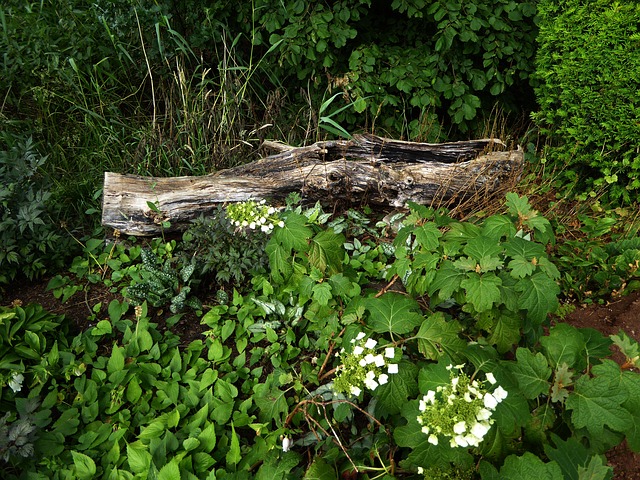

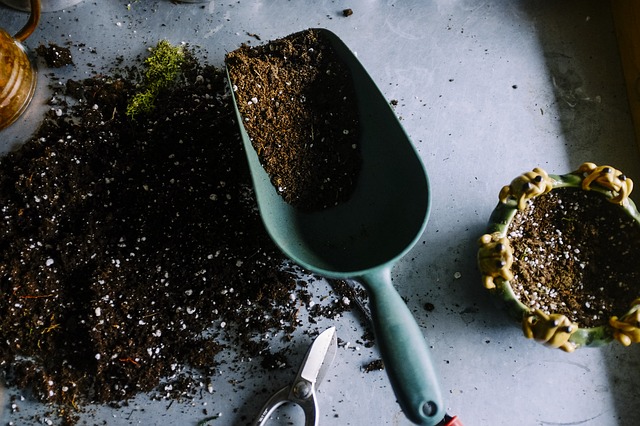
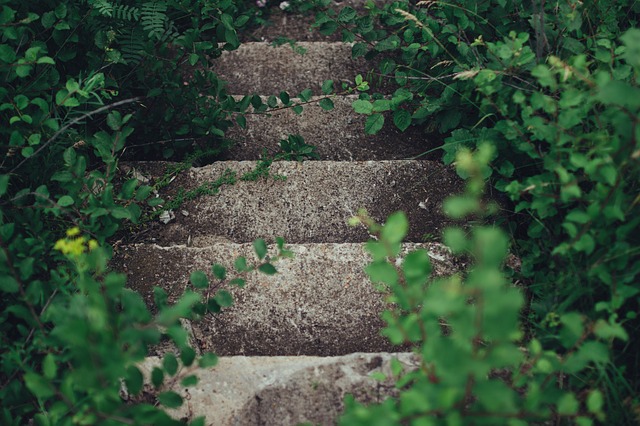
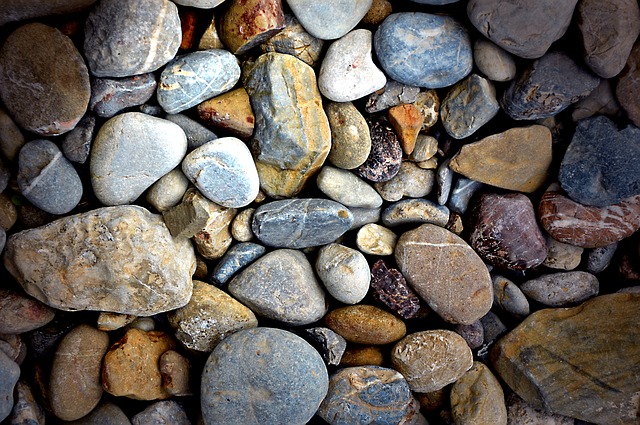

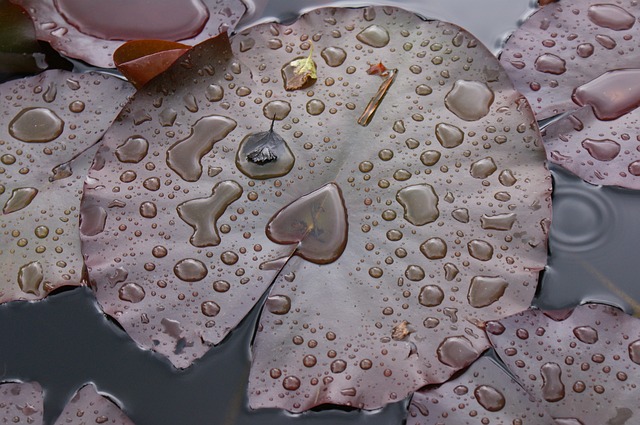
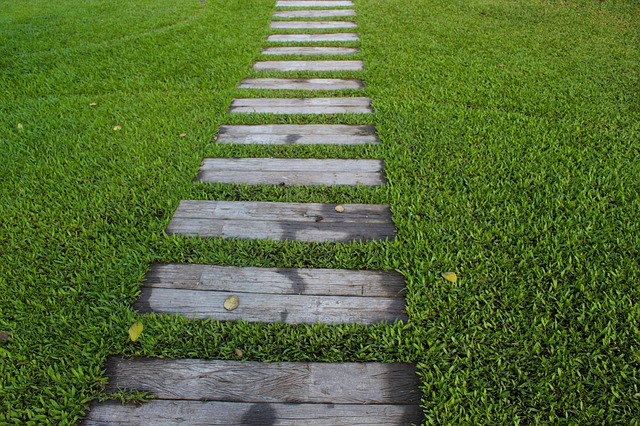



Outstanding content. Thanks for your support. Keep it up sharing post like this. sexy Lucknow call girls